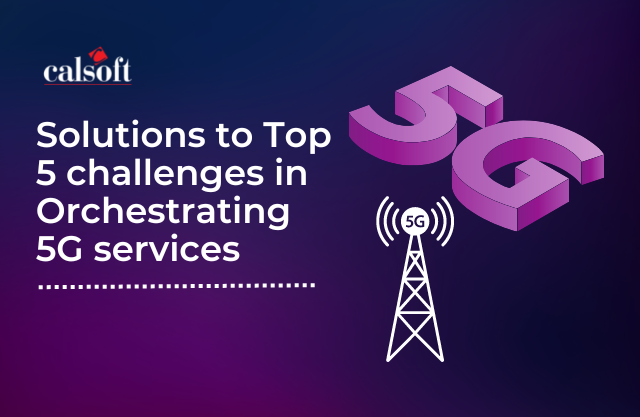The advent of 5G has brought about numerous opportunities for the telecommunications industry. However, to fully realize the potential of this new technology, companies must overcome the challenges of orchestrating 5G services.
Here are some of the top challenges and how to solve them:
- Complexity of 5G networks: With the advent of 5G, networks are becoming more complex. This complexity can make it difficult to orchestrate services and ensure network performance.
Solution: Implementing network automation and orchestration tools can help companies overcome this challenge by simplifying network management and reducing human error.
- Integration with legacy systems: To fully leverage the benefits of 5G, companies must be able to integrate their legacy systems with new 5G networks.
Solution: To overcome this challenge, companies can implement open, vendor-neutral orchestration platforms that are designed to integrate with a variety of systems.
- Lack of standardization: Currently, there is a lack of standardization in the 5G ecosystem, which can make it challenging to orchestrate services.
Solution: Companies can work with industry groups and standards organizations to help drive standardization in the 5G ecosystem. This will make it easier for companies to orchestrate services and ensure that they are delivered consistently.
- Security concerns: Security is a major concern for companies when it comes to 5G. With the increased use of virtualization and cloud-based technologies in 5G networks, companies must be able to secure these networks and ensure the privacy of their users.
Solution: Companies can implement security measures such as encryption and multi-factor authentication to secure their 5G networks. Additionally, they can implement security-focused orchestration platforms that are designed specifically to secure 5G networks.
- Cost and complexity of deployment: Deploying 5G networks and services can be expensive and complex.
Solution: To overcome this challenge, companies can implement cost-effective orchestration solutions that are designed specifically for the 5G ecosystem. These solutions can help companies reduce the cost and complexity of the deployment, making it easier for them to fully leverage the benefits of 5G.
In conclusion, orchestrating 5G services presents numerous challenges, but with the right solutions, companies can overcome these challenges and fully leverage the benefits of this new technology.
Get in touch with the author who heads the Telco practice at Calsoft to know more about the customized solutions and approaches that can help in overcoming the orchestration challenges.
You can also read this research article The 5G Wave – Foreseeing the changes it is bringing along.
Share your thoughts and queries in the comment section below.







